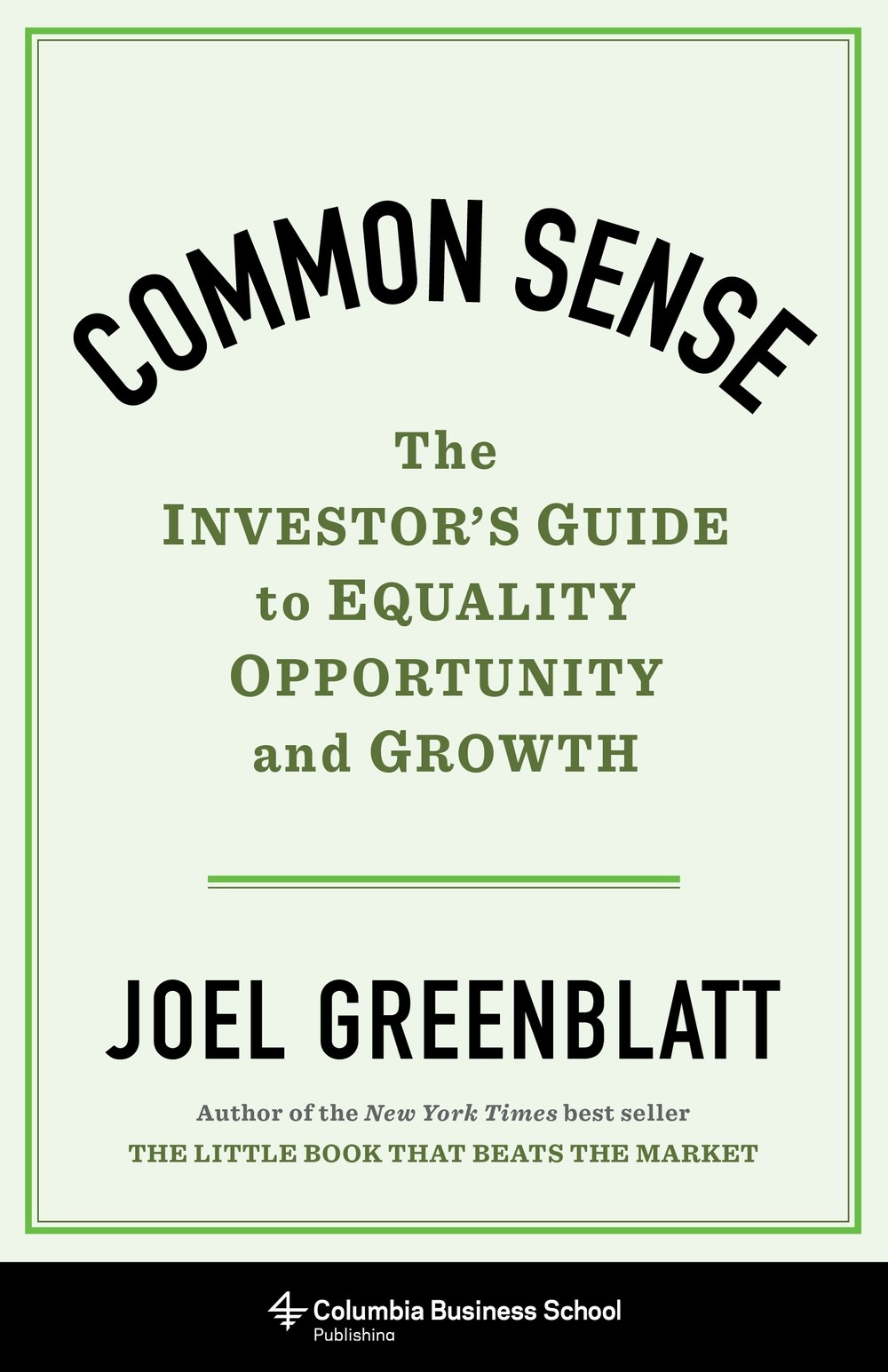Bah Humbug
Scroogenomics illustrates how our consumer spending generates vast amounts of economic waste—to the shocking tune of eighty-five billion dollars each winter. Economist Joel Waldfogel provides solid explanations to show us why it’s time to stop the madness and think twice before buying gifts for the holidays. Wired.co.uk looks at the issues raised in Waldfogel’s book and discusses the economic and societal consequences of gift-giving.










